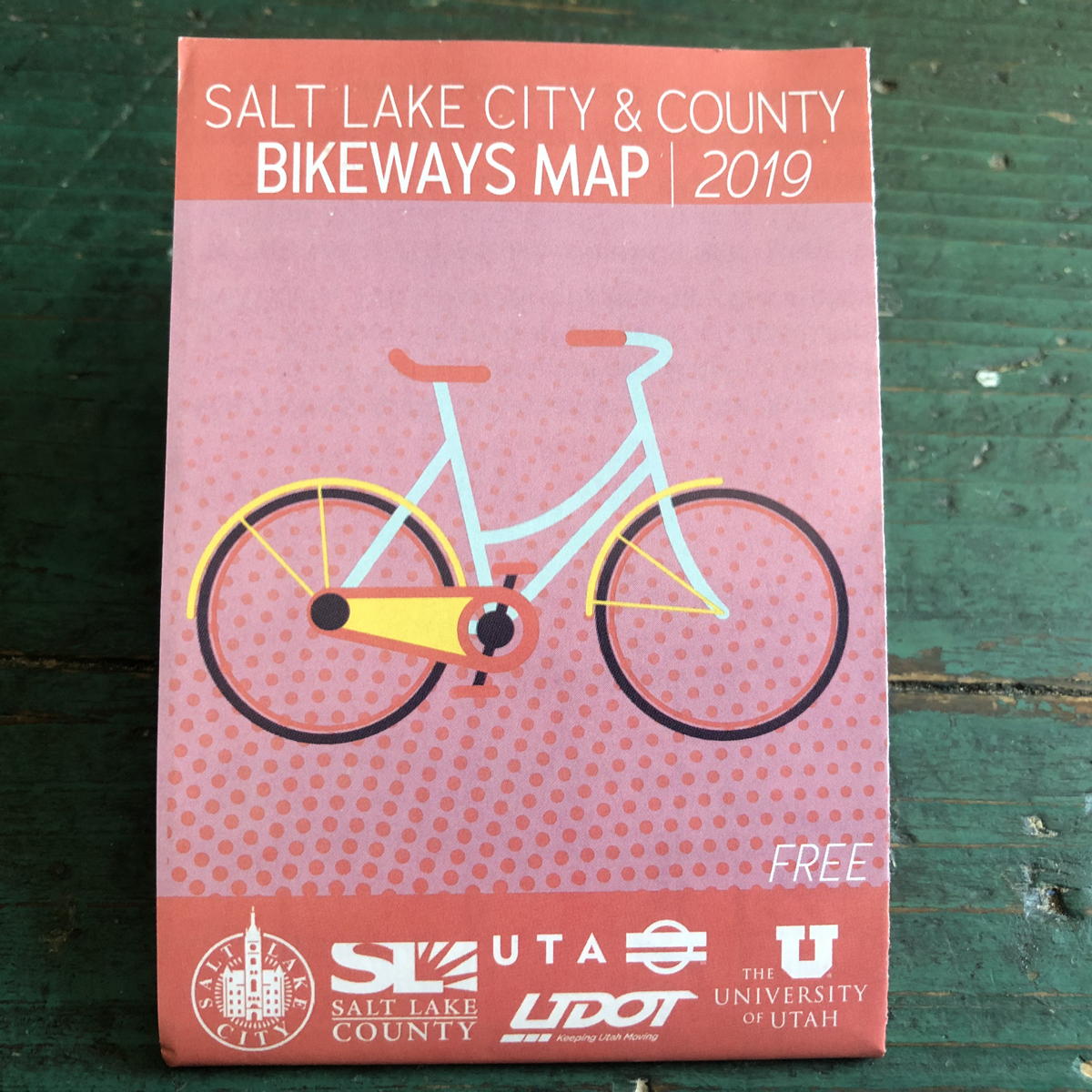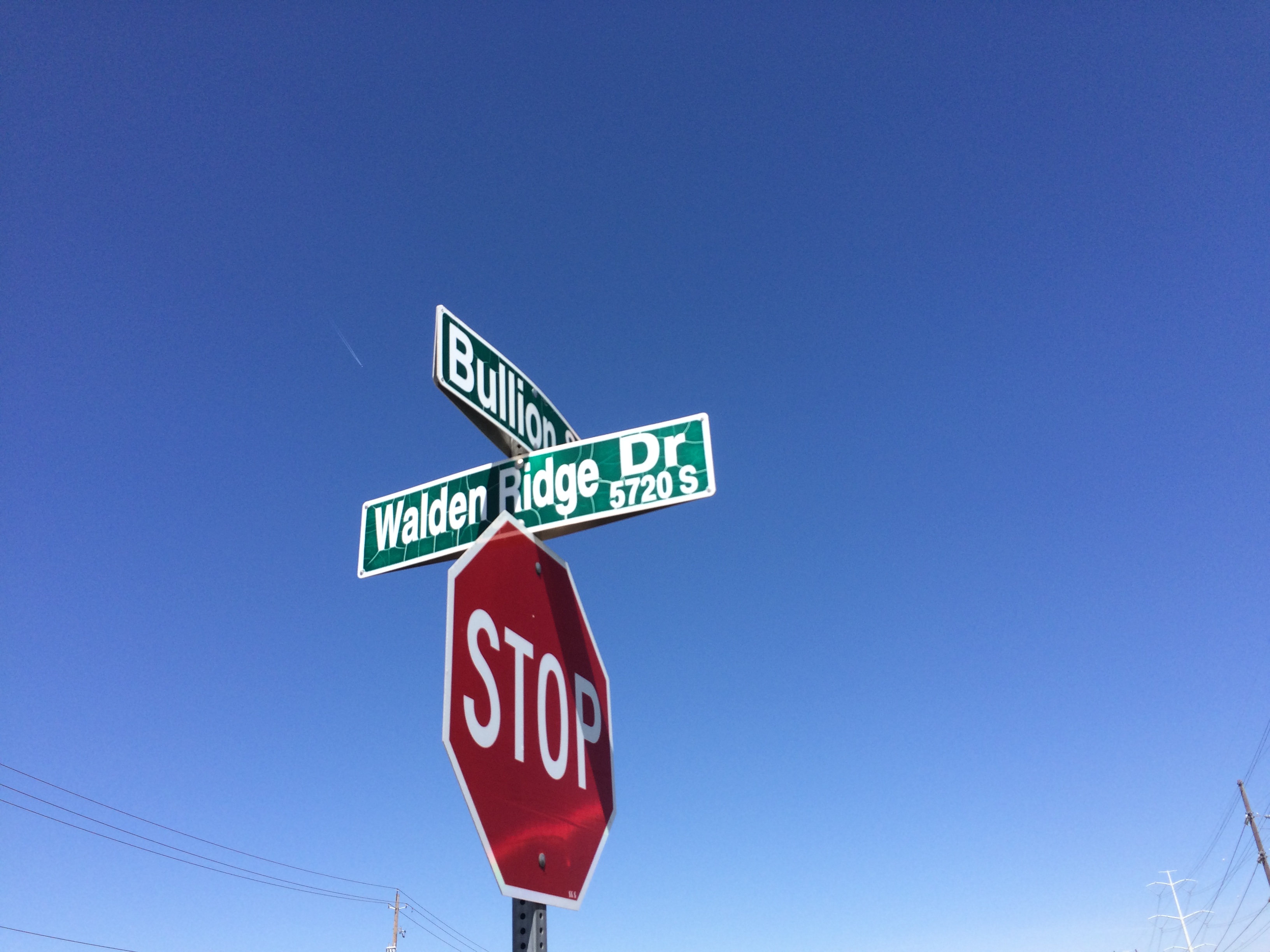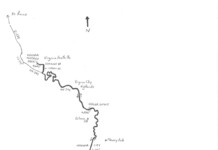By Russ Hymas and Ken Christensen — With summer now in full swing, it’s impossible to ignore the influx of cyclists on Utah’s roads – either preparing for road bike racing events that run almost every weekend during the summer months, or just trying to get in better shape. Some cyclists use the roads to commute to work or school, while others opt for elevation training in Utah’s many canyons or longer, flatter stretches of roadway to log some long-distance mileage.
As cyclists begin planning their training routes, many ask, “Which are the safest roads for me to ride?” and, “Are there any roads that are off-limits to cyclists?”
Fortunately, cyclists are permitted on most state roads throughout Utah. Prohibited roads include certain portions of Utah’s interstate highways (where cyclists can use alternative routes) as well as roads which are closed to non-motorized travel, like Bangerter Highway. However, cyclists can take I-80 up Parley’s Canyon, and are even allowed on certain segments of I-15 through the state. See https://www.utahbicyclelawyers.com/riding-restrictions-and-safety for a list of restricted roads.
Still, while cyclists may be permitted on most state roads, they may want to first consider whether safer alternate routes exist. UDOT has warned: “Only skilled cyclists who are confident of their abilities to maneuver under hazardous conditions should use interstate highways that are open to cyclists. If you are not a skilled cyclist, please consider a route that does not include interstate highways due to our higher motorized traffic speeds (Interstates are posted at 65 mph to 75 mph throughout Utah) and a high volume of large truck traffic.”

Some municipalities have gone a step further, providing cyclists with detailed maps of cycling routes available to them. For example, Salt Lake City and Salt Lake County joined forces with UTA and UDOT to create a “Bikeways Map” which helps cyclists decide on the safest routes available to them by highlighting the roads and trails throughout the county available to cyclists. The Bikeways Map even designates routes by comfort level for cyclists’ usage – from “high comfort” to “extremely low comfort.” (See https://www.slc.gov/transportation/wp-content/uploads/sites/11/2019/08/2019-Salt-Lake-City-and-Salt-Lake-County-Bikeways-Map.pdf or pick up a free map at any Salt Lake County bike shop).
We encourage all cyclists to take a few extra minutes to select their cycling routes by using the resources provided. A little extra planning and forethought can go a long way toward minimizing the risk of an accident and ensuring an enjoyable ride on one of Utah’s many scenic roadways.
Ken Christensen and Russ Hymas are avid cyclists and Utah attorneys at UtahBicycleLawyers.com. Their legal practice is devoted to helping cyclists injured in collisions with motor vehicles. They are authors of the Utah Bicycle Accident Handbook and are nationally recognized legal experts on cycling laws and safety.








“However, cyclists can take I-80 up Parley’s Canyon…”
But, the UBL link included in the article says: “I-80 from Exit 113 (5600 W SLC) to Exit 134 (East Canyon and SR 65)” is under a bike restriction. I was pretty unhappy when it was closed. When it happened I believed it was just temporary during some construction. I really hope it’s open, but am unsure.
Do you really think it’s legal to ride up Parley’s now?
Hi Phillip, I’m not sure of the situation currently with that section of Parley’s. If you find out, please let us know.
You can always ride up Emigration Canyon, drop down to Mountain Dell from Little Mountain summit, and get on I-80 at the East Canyon exit to ride I-80 the rest of the way up and over Parley’s to Park City.
Most (if not all) interstates are illegal to ride on within cities where there are suitable surface street alternatives, which would explain why I-80 is closed from 5600 W to at least the Foothill Drive exit (and of course the I-80 construction from 1300 East to the I-80/I-215 split doesn’t make it any safer to ride on the freeway). It is generally only legal for bikes to take the interstate if there is no other viable route between two points.
While I have never ridden up I-80, I have on a number of occasions ridden down Parley’s on I-80 from East Canyon to either Foothill Drive or to the 3300 South exit on I-215 (via Exit 130 from I-80 to I-215). I’ve never had any problems on I-80 descending from Exit 134 to Exit 130 before; even being passed by UHP, but that section from Exit 130 to 3300 South is sketchy, and I wouldn’t recommend it to any rider. The section from Exit 130 to Foothill is better under normal circumstances, but with construction related to widening I-80/I-215 I’m not sure I would ride that section currently. Once the construction is completed, it would be worthwhile to check on the legality of riding on I-80 either up or down on section from Foothill to Exit 134.
Regardless of the legality of certain sections of the freeway, the safest way to either climb or descend Parley’s would be Emigration to East Canyon Exit 134 where you can get on the freeway, and vice versa, if descending from Park City to SLC, get off at the East Canyon exit and then up and over Little Mountain to Emigration Canyon.
Comments are closed.